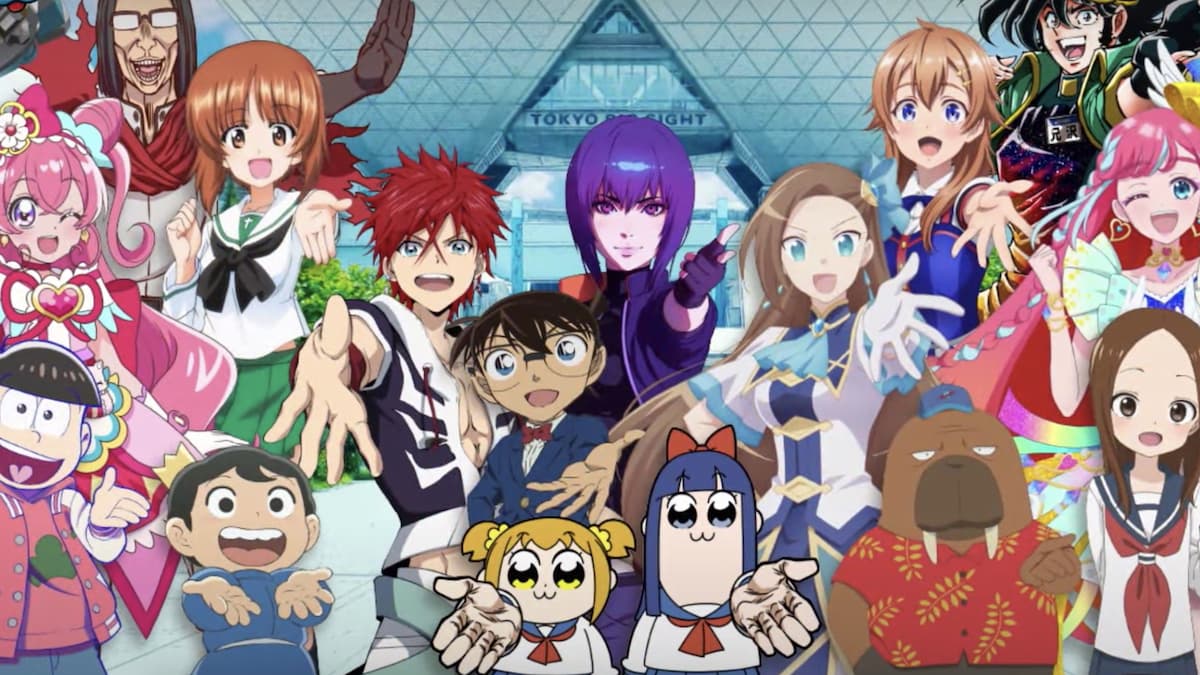Sure, We All Know What ‘Anime’ Is—but What Does It Mean?
No, the answer is not "big eyes and funky-colored hair."

Even if the time you spend in modern fandom spaces—or better yet, the Internet at large—is minimal you probably know what anime is. It’s impossible not to be aware of the Japanese animation industry by now—you might not be particularly invested in it, sure, but you definitely have big eyes, funky-colored hair, and impeccable voice acting popping into your head the second you hear the word anime.
But what does the word actually mean? And what are its implications? It’s definitely a fascinating story, so let’s buckle up and dive into it together.
First, some linguistics. The word “anime” (アニメ in hiragana) is short for the word “animation” (アニメーション in hiragana). It’s a neologism that went from being used only within the animation industry itself to becoming a widespread way of identifying Japanese animated products both in Japan and abroad. “Anime” started gaining traction in the 70s, substituting terms like “manga eiga” (literally manga movie) or “terebi manga” (literally TV manga) or even “douga” (which translates to moving image).
By the 80s, it was the established term to identify everything we call “anime” today—and also some things we might not immediately think to consider anime. This is the really interesting thing, the word’s usage varies from the way it’s employed in Japan to the way it’s heard in the rest of the world.
Outside of Japan, “anime” indicates pretty much all of Japanese animation. It’s a way of setting it apart from the works of other animation industries, as well as a brilliant marketing move to spur on what has by now become a well-oiled money-making machine. But that’s a discussion for another time.
There are some exceptions to this, of course—think of how we collectively tend to call them “Ghibli movies” rather than “Ghibli anime.” It might be that since the majority of anime is presented as a multi-episode series, movies are not as common. It might also be that the word “anime” is not neutral at all—sure, with nerd culture officially entering the mainstream the stigma against it has diminished, but it hasn’t disappeared completely. So calling some Japanese animation products “movies” rather than “anime” might be a memory of that not-completely-gone stigma.
And it’s a whole other bag when we’re talking about how the word is used within Japan itself. Since “anime” is short for “animation,” it’s more common than not to hear the term used to indicate all and any animated products—from Japanese titles to Western cartoons, sometimes called “overseas anime” as well. Disney movies are also often called “Disney anime” in Japan.
And yet, Japanese companies also like to refer to their products as “works” rather than “anime,” because once again, the word is not completely neutral in Japan either. Through all its geographical variations and sometimes-there baggage, however, what we can all be sure of is that “anime” has by now solidified a style and a genre that many of us love and adore.
(via: Kotaku; featured image: Anime Japan)
Have a tip we should know? tips@themarysue.com